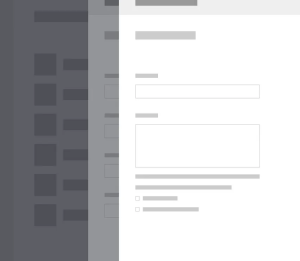Scroll-Driven Sticky Heading
Scroll-driven animations are great! They’re a powerful tool that lets developers tie the movement and transformation of elements directly to the user’s scroll position. This technique opens up new ways to create interactive experiences, cuing images to appear, text to glide across the stage, and backgrounds to subtly shift. Used thoughtfully, scroll-driven animations (SDA) can make your website feel more dynamic, engaging, and responsive.










